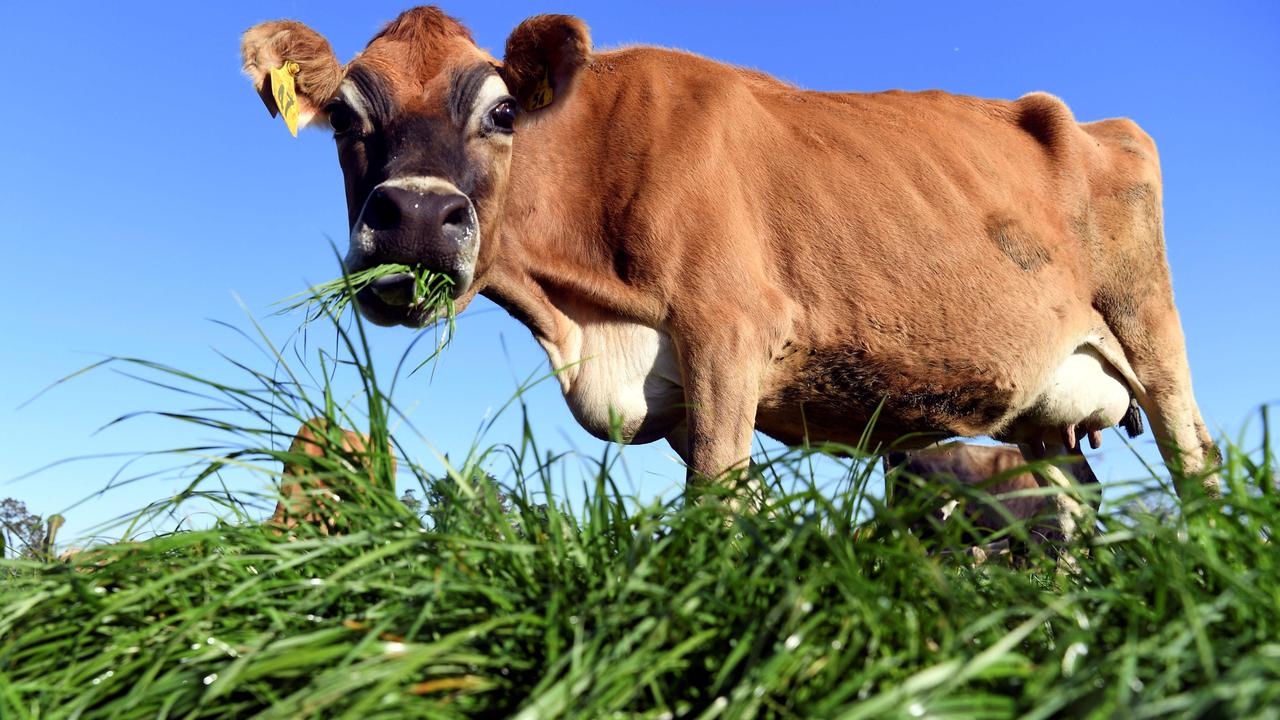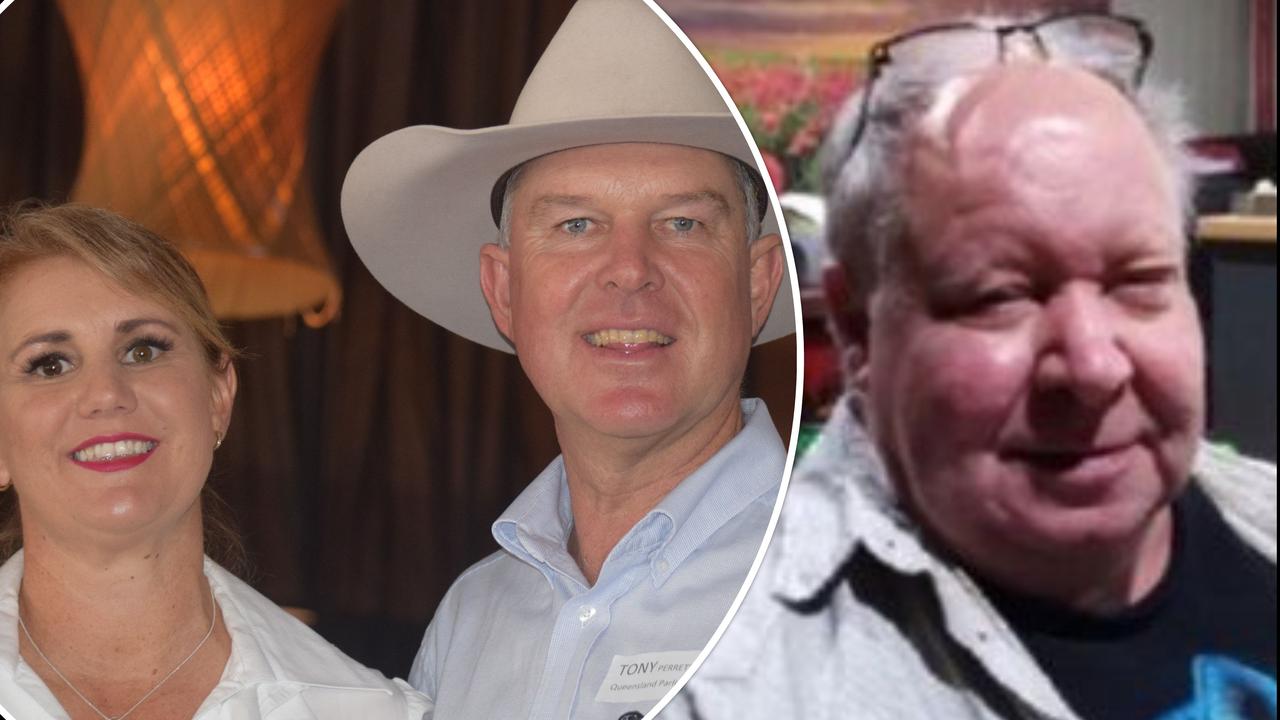Irrigation water prices spike as speculators buy up big
SPECULATORS are flooding into the Murray Darling Basin’s irrigation markets in the midst of drought, as temporary water prices surge.
SPECULATORS are flooding into the Murray Darling Basin’s irrigation markets, snapping up water in the midst of drought, as temporary water prices surge to $700 a megalitre on the Murrumbidgee system and $500 on the Murray.
Investment company Duxton Water has spent $16.4 million siphoning an estimated 64,500ML out of the allocation (temporary) market, from last April to September last year, and has lifted its permanent entitlement holdings to 61,000ML.
The trades mean Duxton has up to 125,500ML to hold or play into the allocation market this 2018-19 season, where prices have surged from $175/ML last June.
Irrigators fear Duxton and other investment companies, such as Blue Sky and Aware, are having a major impact on southern Murray Darling Basin’s water markets, given just 660,000ML has been traded in allocation water so far this 2018-19 season. Duxton Water has gained the greatest attention, given its shift from simply holding permanent entitlements to buying large volumes of irrigators’ allocation water.
National Irrigators Council chief executive Steve Whan said the issue of investors having a major impact on the market has been raised by his irrigation members and would be debated at the lobby group’s next meeting in Swan Hill on February 14.
“It’s something people are raising concerns about,” Mr Whan said. “We’re getting feedback there needs to be more clarity on what constitutes a major holding.”
While drought has played a major part in recent price hikes, brokers and irrigators say the size of the price surge doesn’t add up, given allocations against high reliability water are sitting at 95 per cent on the Murrumbidgee, 100 per cent on the Victorian and 97 per cent on the Murrumbidgee systems.
One of the basin’s biggest corporate water users, Boundary Bend Limited, has warned speculators are pushing up water prices, squeezing higher prices out of an inflated water market to pour into investors’ pockets.
“Non-irrigators can hoard water and change the price in times of low supply and drought,” Boundary Bend executive chairman Robert McGavin said.
“They can push up the price from $400 to $500 (a megalitre). It means that extra $100 is going into (investment) funds instead of staying in irrigators’ pockets or going to local shop keepers.
“I’d be very concerned if non-water users or speculators could materially increase market prices.”
EDITORIAL: NSW WATER SHORTAGES 20 YEARS IN THE MAKING
But Duxton Water assets director Alister Walsh dismissed the concern, stating the investment firm did “not participate in any market manipulation and would take any accusations of an activity of this kind very seriously”.
“Duxton is an active manager, which acts on behalf of its own portfolio and on behalf of other irrigators for which we provide water supply solutions.”
However, Duxton’s reports to the market show it has progressively cut back on leasing entitlement water to irrigators, trading in more allocation water instead.
Duxton’s last annual report stated its goal was to have “70-80 per cent of the portfolio” leased out to irrigators for 3-10 years. But its latest market update shows it has cut back the leased volume from 62 per cent in 2017 to just 39 per cent today.
One leading water broker told The Weekly Times, Duxton had realised it could make far more money trading water on the allocation market than locking in long-term leases as the drought bit deeper into irrigation communities.

Select Harvest managing director Paul Thompson said the impact of speculators was obvious, given they were looking for price rises, while irrigators using the water needed it to drop.
The higher water prices meant less investment in irrigated crops.
Mr Thompson said part of the problem lay in the basin’s outdated and inadequate water market regulations that needed to be reviewed, given the lack of transparency and timely reporting on who was trading what, where and when.
Reporting on trades is currently fragmented, may take weeks to be published, may not even appear on a public website, raising concerns from one corporate irrigator that “fictitious” trades could be used to prop up the market in the wake of increased allocation announcements or rainfall.
Mr Thompson said reporting thresholds should be set in water markets, similar to the stock market, with anyone owning 5 per cent or more of the water in an irrigation system required to publicly report changes in their shareholdings.
Australian Dairy Industry Council Water Taskforce chair Daryl Hoey said the impact of water speculators was an issue, especially given the market had shrunk in the wake of MDB Plan’s recovery of water for the environment.
“We know investors probably own 8-9 per cent of the water, and while they’re not the root cause of the problem, they exacerbate it,” Mr Hoey said.
Victorian Farmers Federation Water Council chairman Richard Anderson said getting a reporting standard in place was a good first step, but said more work was needed to identify who owned the 10-11 per cent of water not attached to land.
“Once we do that, we’ll know how much is owned by speculators and how much is owned by people like me, who use it,” Mr Anderson said.


